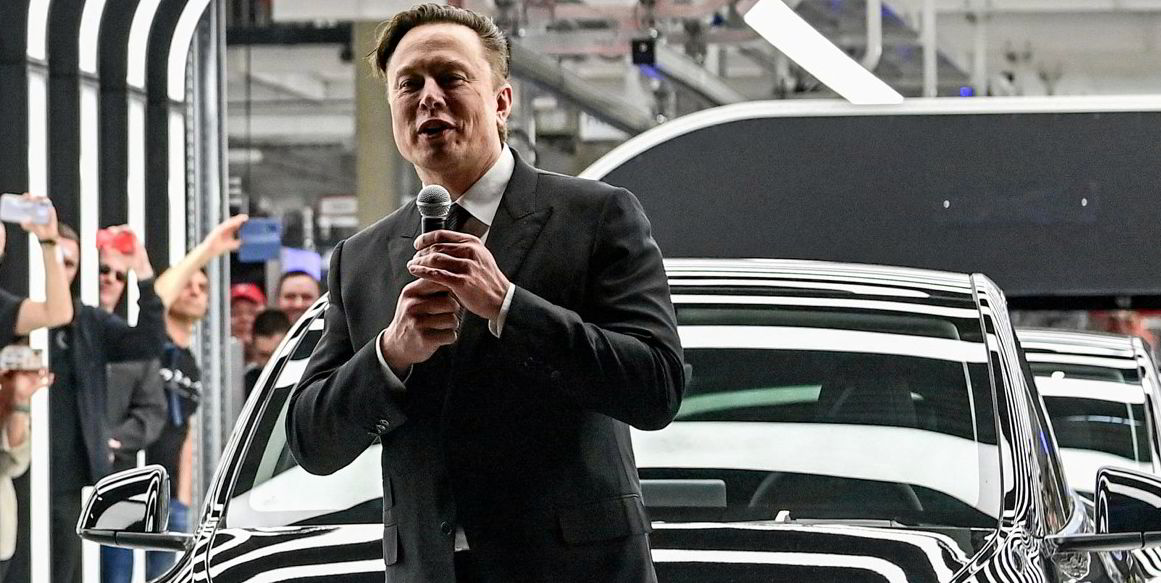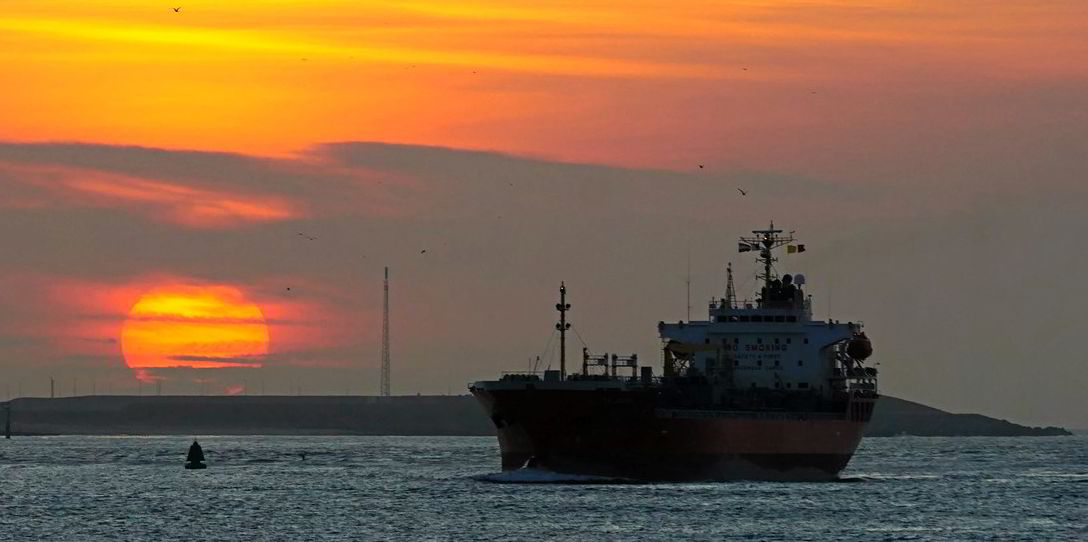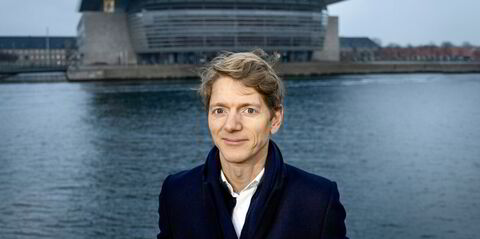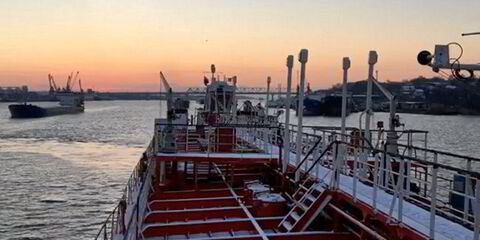In Europe’s brightly lit showrooms, salesmen buffing gleaming paintwork are preparing to sell some of the last few million petrol and diesel-fuelled cars to roll off the production line.
The year is 2033. Greenhouse gas emissions are on their way down, the carbon intensity of shipping has been cut and the future of global oil transportation is up for debate. Again.
While Germany successfully fought to keep the international combustion engine for zero-emission fuels, most new cars sold on the continent from 2035 will be electric-powered, according to the timetable set by Europe’s decision makers.

But if this generates a vision of tree-lined cycle lanes and highways dotted with electric car charging points, where does this leave the future of oil? And the tankers that carry the fuel used predominantly for transport, mainly cars?
“If you were a tanker owner, would you go and order a ship for $120m when, for example, in Europe, you won’t be able to buy a car that uses gasoline within the next 10 years?” asks Symeon Pariaros, chief administration officer of Greek-based boxship owner Euroseas.
His question, posed at the Marine Money conference in London in January, goes to the heart of the oil tanker dilemma with financing likely to become harder for new ships, according to industry insiders.
“This is called progress,” Pariaros tells TW+. “There were times when ships were burning coal — it doesn’t mean we have to stick to that to make money.
“We all know how many countries are completely dependent on crude, but it [decarbonisation] is something we have to do to progress.”
In most long-term scenarios provided by oil majors, the International Energy Agency (IEA) and analysts, oil production will not change dramatically over the next decade even if the world defies predictions and is on track for net-zero emissions by 2050.
Under current policy settings, oil demand will peak at 103m barrels per day (bpd) in the mid-2030s before falling slightly, according to the IEA’s World Energy Outlook 2022. Peak seaborne deliveries might follow later.
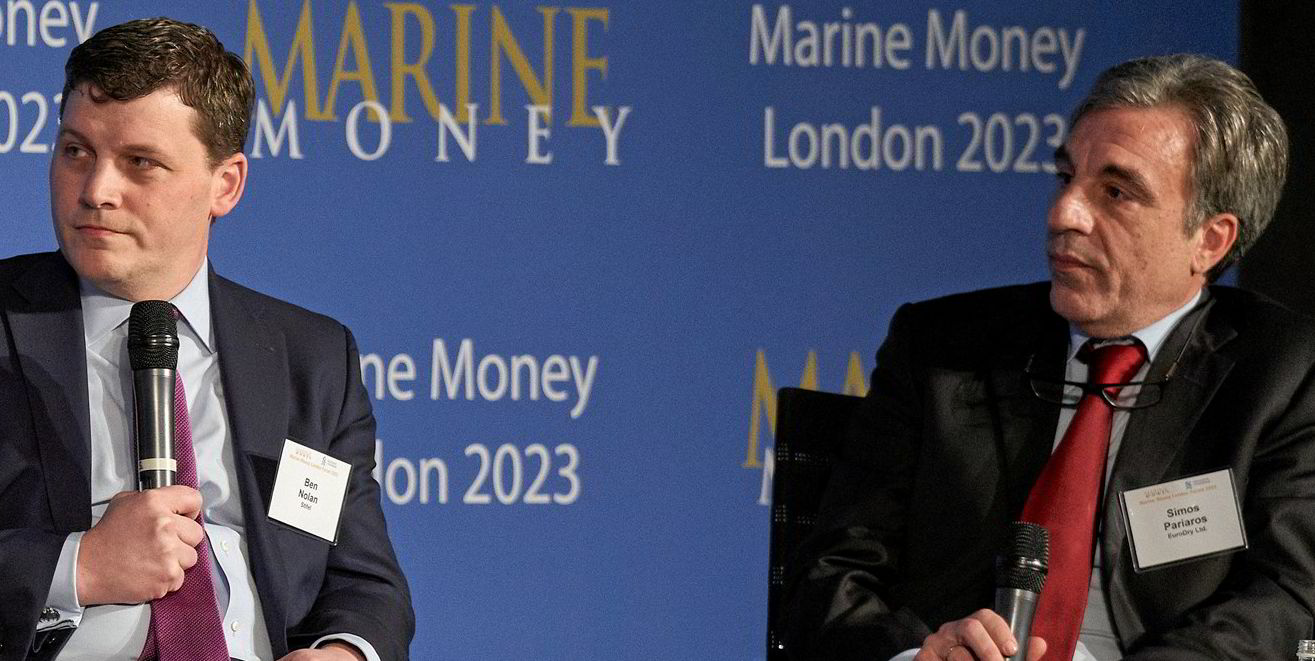
If countries follow through on pledges made to tackle climate change, peak oil demand will be reached in the mid-2020s. But to hit net zero by 2050 would mean oil demand never returning to its 2019 level and falling by more than one-quarter of current levels by 2030, it says.
Those scenarios already look unlikely. Shipbroker Braemar is projecting world oil demand to hit 105m bpd by 2027 — higher than any of the IEA forecasts.
Braemar’s forecast of a continuing strong market for tankers over the coming few years (“unfortunately for the planet”) is unlikely to be knocked off course by any significant reduction in oil demand, says head of research Henry Curra.
The debate on timing goes to the heart of the biggest boardroom battle of 2023, in which competing views scuppered a full merger between tanker giants Euronav and Frontline.
John Fredriksen said the creation of one of the world’s biggest tanker businesses would increase fleet utilisation and revenues. The Saverys family, which blocked the move via a 25% shareholding of Euronav through its shipping company CMB, plots a course of decarbonisation and diversification from tankers.

CMB chief executive Alexander Saverys told investors in February that he expected strong markets for oil tankers to continue over the next two to three years and proposed using that cash to decarbonise.
“There’s a long way to decarbonise the industry … That’s why we need to start today,” he said. “The longer we wait, the less we will have solutions for the future of our industry and the longer it will take for companies that are 100% dependent on crude oil transportation to create long-term value for their shareholders.”
The inevitable decline of the oil industry is not up for debate if the world is serious about hitting climate change goals.
But the timing is. While Europe is leading the way, hydrocarbons remain the cheapest, most efficient way to power the economies of less industrialised nations, says Lars Dencker Nielsen, commercial director at Scorpio.
Meanwhile, investors are weighing the state of fuels for ships, the rate of decline of oil and the likely return on investing in tankers. The orderbook is already at a 30-year low, largely because of this uncertainty.
“What we will have to see is a fundamental shift in how we look at the tanker industry, including what type of propulsion and what type of ship,” says Nielsen.
“The next investment cycle is going to define what that will look like. The amount of capital that has to be allocated to go for the next generation is going to be so great, and the risks so huge … you’re pretty much screwed if you make the wrong call.”
Benjamin Nolan, managing director of the transportation department of investment bank Stifel, says it remains possible to make “really good money” in a decade from tankers.

“I think you can order a tanker and there will still be business for it 25 years from now,” he says. “But you had better be really confident that you are going to make a lot of your money in the first five years, because there’s so much uncertainty in the back three-quarters of that investment.”
Data analyst Kpler expects peak oil demand in 2026 but with no expected drop-off for the next decade. In 2033, demand is expected to be marginally higher than it is now.
“As much as Elon Musk tries to sell EVs [electric vehicles], every truck is diesel-fuelled. Nobody is talking about this when talking about the decline of oil,” says its lead crude analyst, Viktor Katona.
Oil demand will be driven by Asia, notably China, where there is less of a perception of a tanker sector in terminal decline, he adds.
Yet China accounted for 59% of electric cars sold in 2022, according to EV-volumes.com, a database of global sales.
It also produces more than anywhere else, highlighting its key role in the energy transition, as well as being the world’s largest crude importer.
If cars driven by internal combustion engines are rapidly replaced — only 13% of cars sold in 2022 were electric — it would have profound effects for the transport of oil.

“A large part of the crude market gets substituted to renewable energy and batteries that you don’t have to move around the world,” says Tristan Smith, associate professor in energy and shipping at UCL Energy Institute in London.
“We will need to move bulk liquids, but we are going from this very homogenised world where there are huge economies of scale for one commodity, crude oil, and the smaller vessels that move distillates and product.”
Uncertainty over the nature and volume of bulk liquid demand might promote the use of small and flexible vessels over larger tankers, Smith adds.
Oil tanker routes could also change dramatically beyond the 2030s as reducing demand leads to the last oil coming from the cheapest fields focused in the Middle East. “What does that do to average haul?” he asks.
Trade routes and tonne-miles have already altered radically since Russia’s invasion of Ukraine and the imposition of Western sanctions, leading to the rise of a dark fleet of ageing vessels and growing concerns about their safety and the effectiveness of regulation.
A damaging spill — and questions over the costs of any clean-up — could fundamentally alter the debate over the future of tankers.
Transition and diversification has begun in the chemical tanker trades, says Harald Fotland, chief executive of Odfjell, which operates a fleet of 69 chemical tankers.
It recorded its highest profits in 15 years partly because product tankers that vied for cargoes switched to oil to benefit from booming rates linked to the war.
Fotland says traditional oil tanker owners are starting to look at diversifying their fleets to take market share from the chemical carriers: “I would say we are seeing the first signs of that already … but we have seen those signs for years with the swing tonnage, so that’s not completely new to us.”
The key challenge will be improving vessel efficiency with new marine fuels that will be considerably more expensive than current fuels.
“We have to make vessels that are way more energy efficient then they have been,“ Fotland says. “The winners will be those that spend the least fuel.”
